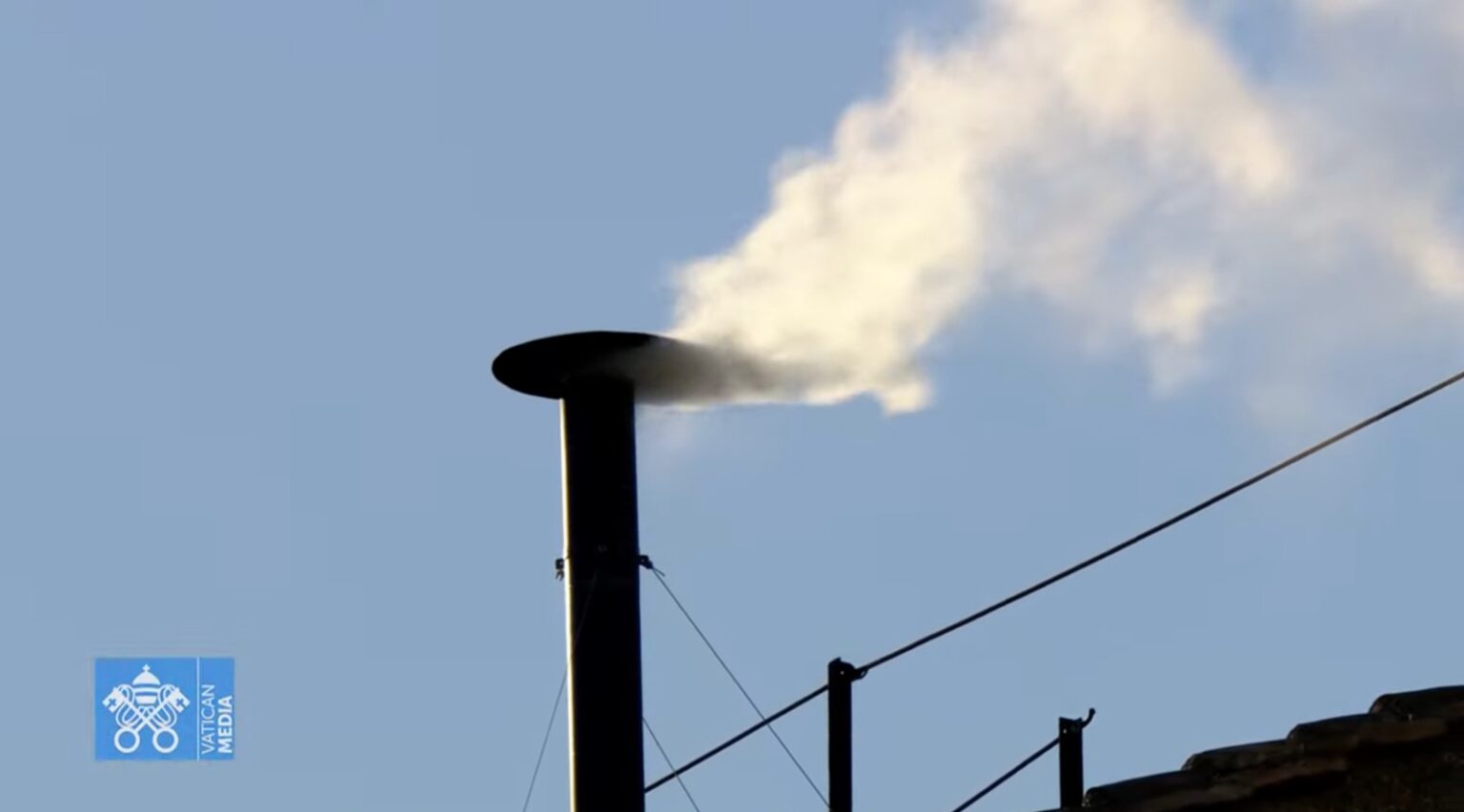White smoke billowed from the Sistine Chapel chimney on Thursday evening, confirming that the College of Cardinals has successfully elected a new leader of the Roman Catholic Church, nearly three weeks after the death of Pope Francis.
The momentous signal came at precisely 6:08 p.m. Vatican time, sending a wave of jubilation through the thousands gathered in St. Peter’s Square. Bells of St. Peter’s Basilica rang out, drawing pilgrims, clergy, and curious onlookers into collective celebration.
This election followed the first full day of voting by 133 cardinal electors, who were locked away behind the ancient Vatican walls since Wednesday afternoon, bound by centuries-old conclave tradition. Their decision requiring a two-thirds majority ended speculation and intrigue surrounding who would inherit the daunting task of leading the 1.4-billion-member global Church.
The world now awaits the grand moment when the new pontiff’s identity and chosen papal name will be proclaimed from the central balcony of St. Peter’s Basilica. Moments after, he will offer his first blessing “Urbi et Orbi” to the city and the world.
The conclave began in the shadow of Pope Francis’ passing on April 21. His 12-year reign was marked by historic shifts, including reforms aimed at transparency, accountability, and inclusivity particularly his bold openness to discussions on LGBT inclusion and women’s roles in the Church. His progressive stance left the College with a defining choice: continuity or course correction.
Among the names widely mentioned leading up to the conclave were Italian Cardinal Pietro Parolin, long regarded as the Vatican’s diplomatic brain, and Filipino Cardinal Luis Antonio Tagle, a favorite among reformists and the Global South. Other contenders included Cardinal Jean-Marc Aveline of France, Hungary’s Peter Erdo, and American Robert Prevost.
Earlier Thursday, two additional ballots had failed to produce a pope. The cardinals had spent the intervening hours in solemn debate, prayer, and reflection their communication with the outside world limited to the color of smoke rising from the Sistine chimney.
As history shows, the process can be swift or drawn-out. On average, 7.2 ballots have been needed over the last ten conclaves. Pope Francis was elected on the fifth vote in 2013. This conclave’s conclusion after just four rounds marks one of the quicker decisions in recent papal history perhaps a sign of unity, or urgency.
Now, with the smoke turned white and the bells tolling, the faithful turn their eyes to the Basilica. A new voice, a new name, and a new direction for the Catholic Church are just moments away.




